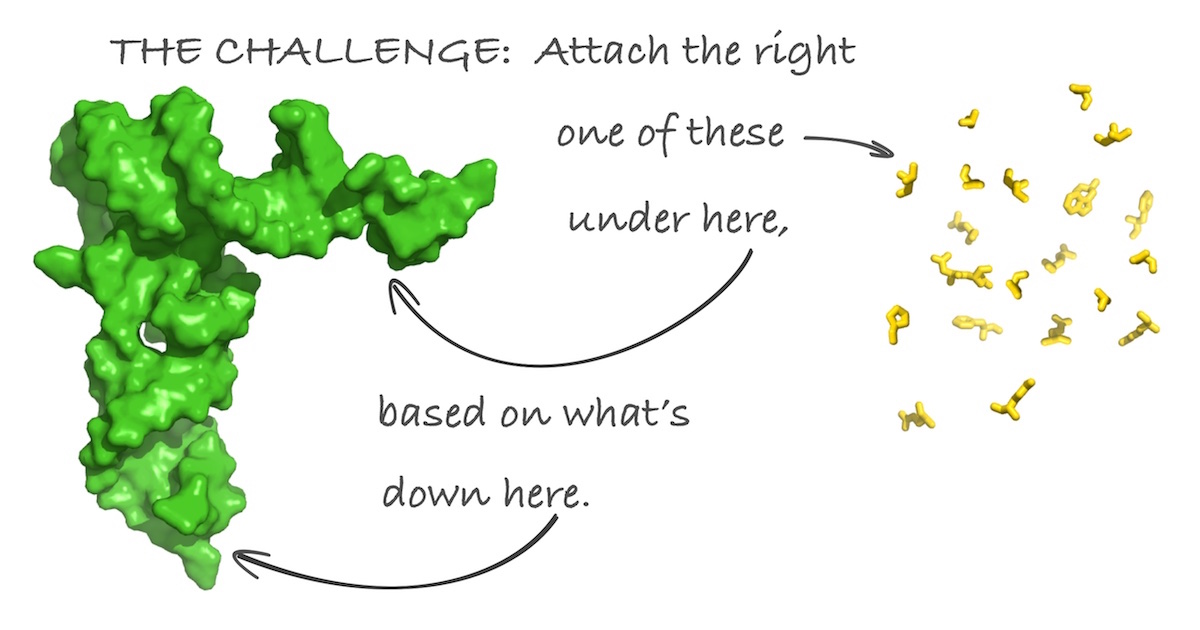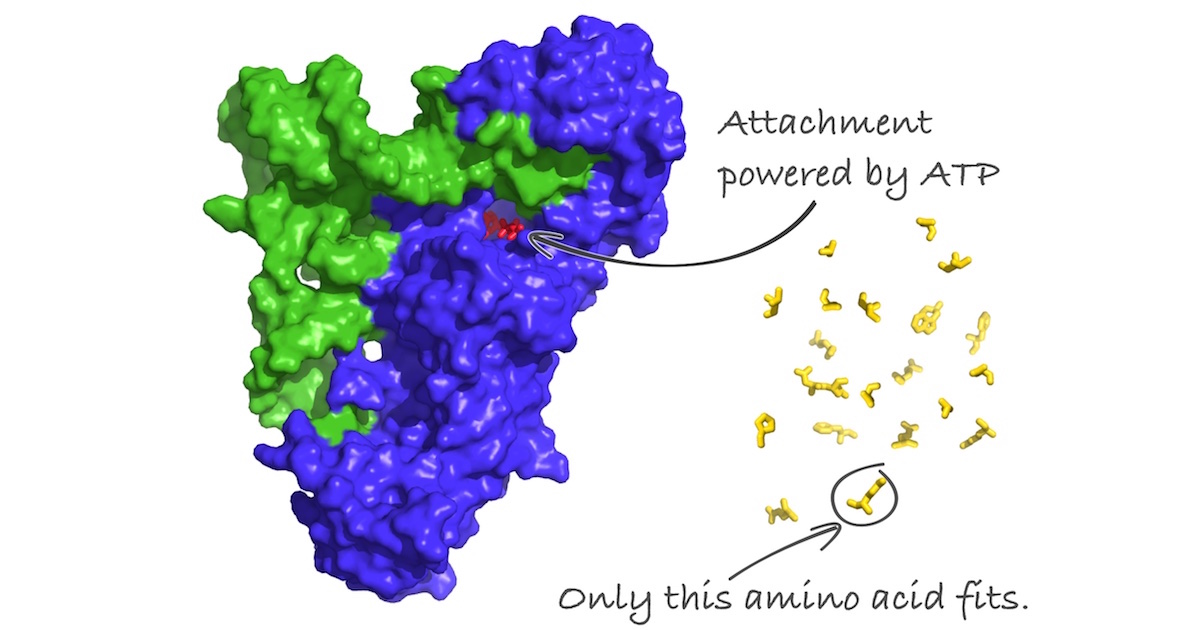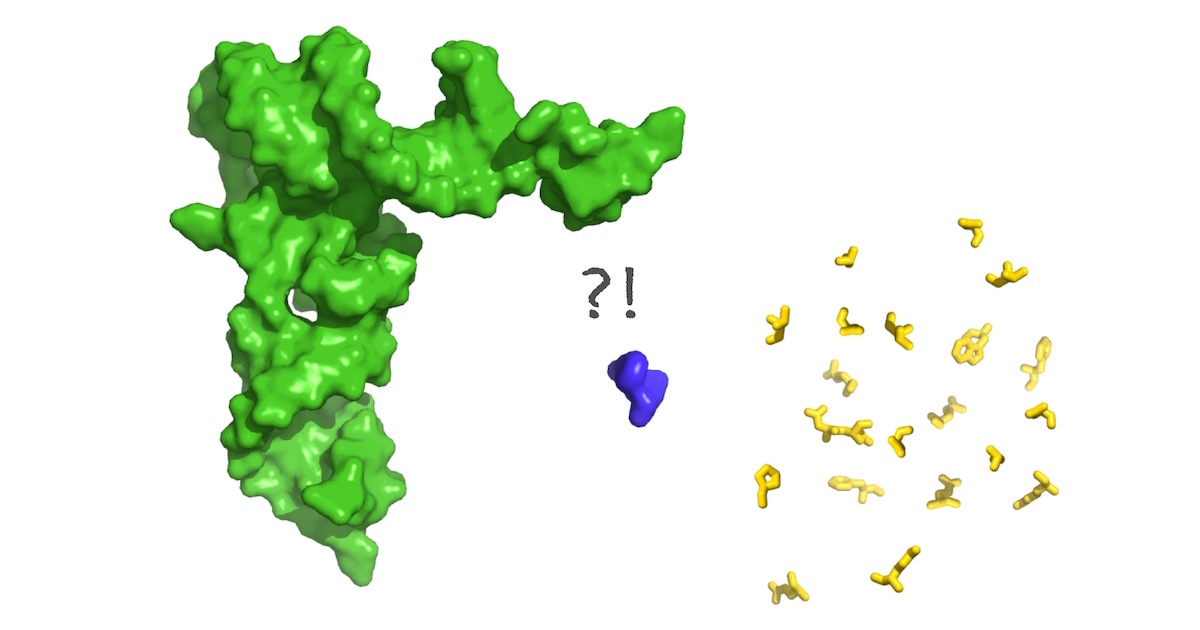A Cold Spot In Space — “Evidence” of a Multiverse?
David Klinghoffer | @d_klinghoffer
Cosmic fine tuning, with physics and chemistry conspiring to permit the existence of creatures such as ourselves, is one of best-recognized pieces of evidence for intelligent design. To this, the hypothesis of a multiverse is materialism’s only response.
According to this line of reasoning, or imagining, our universe reflects only a lucky roll of the dice. A very, very, very lucky roll, which, however, is just to be expected if reality sports not one but a possibly infinite number of universes. Some universe was bound to get lucky, and it was ours.
It’s the single dreamiest, most unsupported idea in all of science, making Darwinian evolution look like a really solid bet by comparison. What’s wanted is real evidence for the multiverse, any at all, and that seems doomed to go on lacking ad infinitum.
Trumped up evidence is nevertheless a regular feature of popular science journalism. The latest: a headline in The Guardian, “Multiverse: have astronomers found evidence of parallel universes?” Adding the question mark is prudent, since the answer, to be truthful, is No.
Author Stuart Clark got hold of a press release from the Royal Astronomical Society, which he wheels out after an introduction heavy with jokey references to Brexit, Trump, the alt-right, and cat videos.
It sounds bonkers but the latest piece of evidence that could favour a multiverse comes from the UK’s Royal Astronomical Society. They recently published a study on the so-called ‘cold spot’. This is a particularly cool patch of space seen in the radiation produced by the formation of the Universe more than 13 billion years ago.
The cold spot was first glimpsed by NASA’s WMAP satellite in 2004, and then confirmed by ESA’s Planck mission in 2013. It is supremely puzzling. Most astronomers and cosmologists believe that it is highly unlikely to have been produced by the birth of the universe as it is mathematically difficult for the leading theory — which is called inflation — to explain.
This latest study claims to rule out a last-ditch prosaic explanation: that the cold spot is an optical illusion produced by a lack of intervening galaxies.
One of the study’s authors, Professor Tom Shanks of Durham University, told the RAS, “We can’t entirely rule out that the Spot is caused by an unlikely fluctuation explained by the standard [theory of the Big Bang]. But if that isn’t the answer, then there are more exotic explanations. Perhaps the most exciting of these is that the Cold Spot was caused by a collision between our universe and another bubble universe. If further, more detailed, analysis … proves this to be the case then the Cold Spot might be taken as the first evidence for the multiverse.” [Emphasis added.]
Count the instances of speculative language in those last four sentences. “Can’t entirely rule out…If that isn’t the answers…Perhaps…If further, more detailed, analysis…proves…[M]ight be taken as the first evidence…”
It’s “Heady stuff,” Clark exclaims. That’s one way of putting it. The paper in question, though, says just this (“Evidence against a supervoid causing the CMB Cold Spot”):
If not explained by a ΛCDM ISW effect the Cold Spot could have more exotic primordial origins. If it is a non-Gaussian feature, then explanations would then include either the presence in the early universe of topological defects such as textures (Cruz et al. 2007) or inhomogeneous re-heating associated with non-standard inflation (Bueno Sa ́nchez 2014). Another explanation could be that the Cold Spot is the remnant of a collision between our Universe and another ‘bubble’ universe during an early inflationary phase (Chang et al. 2009, Larjo & Levi 2010). It must be borne in mind that even without a supervoid the Cold Spot may still be caused by an unlikely statistical fluctuation in the standard (Gaussian) ΛCDM cosmology.
In this way, based ultimately on a couple of parenthetically referenced papers from 2009 and 2010, a “cold spot” in space answers one of the ultimate questions that have ever puzzled human beings, tipping the scales toward a universe, or multiverse, without design or purpose. As of the present moment, in the quest to explain away ultra-fine tuning, this is the best kind of stuff that materialism has got to offer.
It’s all the most absurd axe-grinding: building your case against a person or idea you don’t like (intelligent design, in this case) by gathering rumors, dreams, and guesses, disregarding common sense and objective evidence, since the conclusion you wish to reach, that you are bound to reach, is already pre-set.
So materialism goes on its merry way, largely unchallenged, with the media as its bullhorn. If scientists advocating the theory of intelligent design ever went before the public with conjectures as weak as this, they would be flayed alive.
David Klinghoffer | @d_klinghoffer
Cosmic fine tuning, with physics and chemistry conspiring to permit the existence of creatures such as ourselves, is one of best-recognized pieces of evidence for intelligent design. To this, the hypothesis of a multiverse is materialism’s only response.
According to this line of reasoning, or imagining, our universe reflects only a lucky roll of the dice. A very, very, very lucky roll, which, however, is just to be expected if reality sports not one but a possibly infinite number of universes. Some universe was bound to get lucky, and it was ours.
It’s the single dreamiest, most unsupported idea in all of science, making Darwinian evolution look like a really solid bet by comparison. What’s wanted is real evidence for the multiverse, any at all, and that seems doomed to go on lacking ad infinitum.
Trumped up evidence is nevertheless a regular feature of popular science journalism. The latest: a headline in The Guardian, “Multiverse: have astronomers found evidence of parallel universes?” Adding the question mark is prudent, since the answer, to be truthful, is No.
Author Stuart Clark got hold of a press release from the Royal Astronomical Society, which he wheels out after an introduction heavy with jokey references to Brexit, Trump, the alt-right, and cat videos.
It sounds bonkers but the latest piece of evidence that could favour a multiverse comes from the UK’s Royal Astronomical Society. They recently published a study on the so-called ‘cold spot’. This is a particularly cool patch of space seen in the radiation produced by the formation of the Universe more than 13 billion years ago.
The cold spot was first glimpsed by NASA’s WMAP satellite in 2004, and then confirmed by ESA’s Planck mission in 2013. It is supremely puzzling. Most astronomers and cosmologists believe that it is highly unlikely to have been produced by the birth of the universe as it is mathematically difficult for the leading theory — which is called inflation — to explain.
This latest study claims to rule out a last-ditch prosaic explanation: that the cold spot is an optical illusion produced by a lack of intervening galaxies.
One of the study’s authors, Professor Tom Shanks of Durham University, told the RAS, “We can’t entirely rule out that the Spot is caused by an unlikely fluctuation explained by the standard [theory of the Big Bang]. But if that isn’t the answer, then there are more exotic explanations. Perhaps the most exciting of these is that the Cold Spot was caused by a collision between our universe and another bubble universe. If further, more detailed, analysis … proves this to be the case then the Cold Spot might be taken as the first evidence for the multiverse.” [Emphasis added.]
Count the instances of speculative language in those last four sentences. “Can’t entirely rule out…If that isn’t the answers…Perhaps…If further, more detailed, analysis…proves…[M]ight be taken as the first evidence…”
It’s “Heady stuff,” Clark exclaims. That’s one way of putting it. The paper in question, though, says just this (“Evidence against a supervoid causing the CMB Cold Spot”):
If not explained by a ΛCDM ISW effect the Cold Spot could have more exotic primordial origins. If it is a non-Gaussian feature, then explanations would then include either the presence in the early universe of topological defects such as textures (Cruz et al. 2007) or inhomogeneous re-heating associated with non-standard inflation (Bueno Sa ́nchez 2014). Another explanation could be that the Cold Spot is the remnant of a collision between our Universe and another ‘bubble’ universe during an early inflationary phase (Chang et al. 2009, Larjo & Levi 2010). It must be borne in mind that even without a supervoid the Cold Spot may still be caused by an unlikely statistical fluctuation in the standard (Gaussian) ΛCDM cosmology.
In this way, based ultimately on a couple of parenthetically referenced papers from 2009 and 2010, a “cold spot” in space answers one of the ultimate questions that have ever puzzled human beings, tipping the scales toward a universe, or multiverse, without design or purpose. As of the present moment, in the quest to explain away ultra-fine tuning, this is the best kind of stuff that materialism has got to offer.
It’s all the most absurd axe-grinding: building your case against a person or idea you don’t like (intelligent design, in this case) by gathering rumors, dreams, and guesses, disregarding common sense and objective evidence, since the conclusion you wish to reach, that you are bound to reach, is already pre-set.
So materialism goes on its merry way, largely unchallenged, with the media as its bullhorn. If scientists advocating the theory of intelligent design ever went before the public with conjectures as weak as this, they would be flayed alive.


